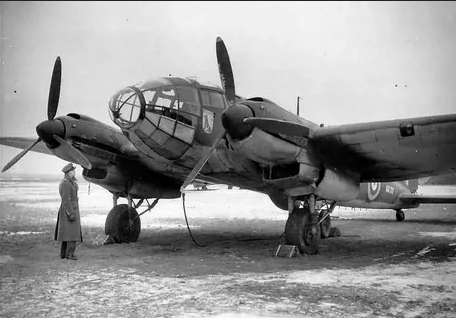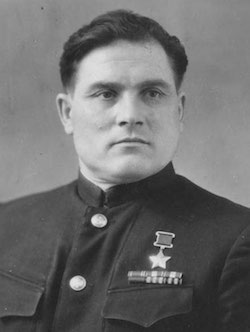One of the most incredible stories of the Second World War is the Escape of the Fighter Pilot named Mikhail Petrovich Devyatayev from one of the most notorious German concentration camps in a stolen German HE-111 Bomber. What makes it even more incredible is that the information that he was able to provide to the Soviet Union regarding the V2 Rocket Program helped boost their own rocket program. This the First part of a two part series detailing the life of Devyatayev himself. The second part will be details of the upcoming film and the escape itself.
Biography
Born into a peasant family and was the 13th child in the family. Mordvin-Mokshan by nationality . In 1933 he graduated from 7 classes. In August 1934, he fled to Kazan, fearing criminal prosecution for the theft of collective farm property (a protocol was drawn up against him for collecting spikelets in the field ). He entered the Kazan River College, from which he graduated in 1938 , where he also studied at the flying club. He worked as an assistant to the captain of the longboat on the Volga .
War Pilot
In 1938, the Sverdlovsk Regional Military Commissariat of the city of Kazan was drafted into the Red Army. In 1940 he graduated from the First Chkalov Military Aviation School of Pilots. KE Voroshilov.
At the front
In the army since June 22, 1941. He opened the battle score on June 24 , shooting down a Junkers Ju 87 dive bomber near Minsk . Soon, those who distinguished themselves in battles were summoned from Mogilev to Moscow . Among others, he was awarded the Order of the Red Banner.
On September 10, 1941, he shot down a Ju-88 in the area north of Romain (on a Yak-1 in the 237th IAP ).
On September 23, 1941, near Kiev, while returning from a mission, he was attacked by German fighters. He shot down one, but he himself was wounded in the left leg. After the hospital, the medical commission assigned him to the low-speed aviation. He served in the night bomber regiment , then in the air ambulance . Only after meeting in May 1944 with A.I. Pokryshkin again became a fighter.
The flight commander of the 104th Guards Fighter Aviation Regiment (9th Guards Fighter Aviation Division, 2nd Air Army, 1st Ukrainian Front), Guard Senior Lieutenant Devyatayev, shot down a total of 9 enemy aircraft in air battles.
On July 13, 1944, he shot down an FW-190 in the area west of Gorokhov (in an Aerocobra consisting of 104 GIAP ), on the same day he was shot down himself and was taken prisoner. Captivity
On the evening of July 13, 1944, he flew as part of a group of Bell P-39 Airacobra fighters under the command of Major V. Bobrov to repel enemy air raids. In an air battle near Lvov, Devyatayev’s plane was shot down and caught fire; at the last moment, the pilot left the falling fighter with a parachute , but during the jump he hit the stabilizer of the aircraft. Having landed unconscious on the territory occupied by the enemy, he was captured.
The issue of the brand of the aircraft remains controversial; Devyatayev himself mentions the Bell P-63 Kingcobra .
After interrogation, M. Devyatayev was transferred to the Abwehr reconnaissance department , from there – to the Lodz prisoner of war camp, from where, together with a group of prisoners of war pilots, on August 13, 1944, he made the first attempt to escape. But the fugitives were caught, declared death row and sent to the Sachsenhausen death camp. There, with the help of the camp hairdresser, who changed the sewn number on the camp uniform, M. Devyatayev managed to change the status of a “Suicider (Marked for Death) to the status of a “penalty box”. Soon, under the name Stepan Nikitenko, he was sent to a concentration camp on the island of Usedom, where the missile Peenemunde center were the development of new weapons of the Third Reich – the cruise missiles “Fau-1″And ballistic missiles ” V-2 “.
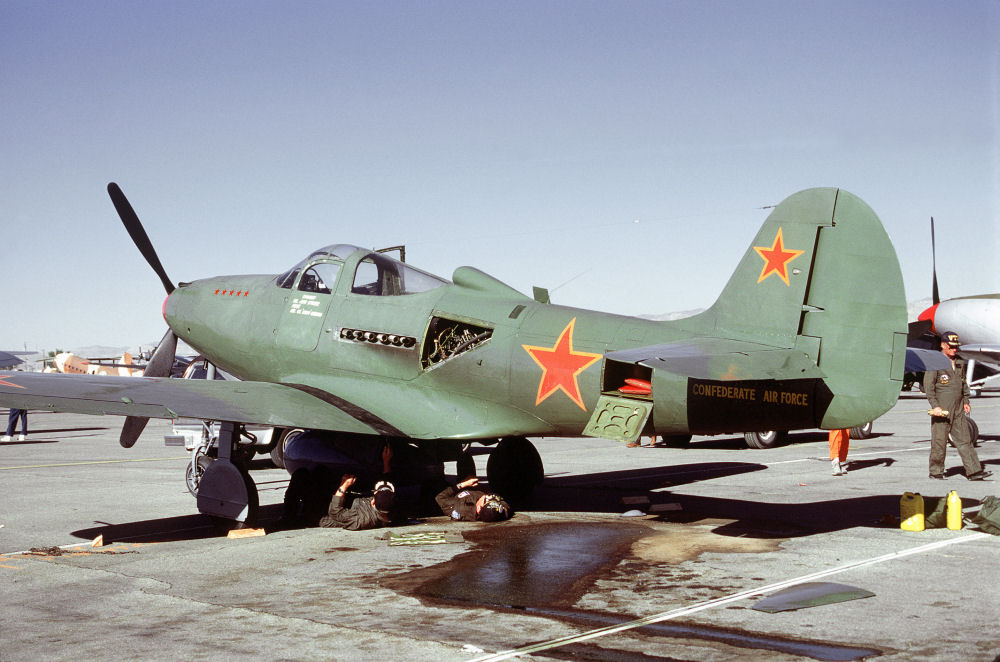
Airplane Escape
On February 8, 1945, a group of 10 Soviet prisoners of war captured the German Heinkel He 111 H-22 bomber and escaped from the concentration camp on the island of Usedom ( Germany ). It was piloted by Devyatayev. The Germans sent in pursuit a fighter, piloted by the holder of two Iron Crosses and the German Cross in Gold, Chief Lieutenant Günter Hobohm ( German Günter Hobohm, but without knowing the course of the aircraft, it could only be found by chance. The plane was discovered by air ace Colonel Walter Dahlreturning, but the order of the German command “to shoot down the lonely Heinkel” “he could not carry out due to lack of ammunition.
In the area of the front line, the plane was fired upon by Soviet anti-aircraft guns, and had to make an emergency landing. The Heinkel sat down on its belly south of the village of Gollin (now presumably Golina (Stargard district) in the commune of Stargard-Szczecinski , Poland ) in the location of the artillery unit of the Soviet 61st Army. As a result, having flown a little more than 300 km, Devyatayev delivered to the command strategically important information about the secret center on Usedom, where Nazi Reich missile weapons were produced and tested, the exact coordinates of the V-2 launchers , which were located along the seashore. The information delivered by Devyatayev turned out to be absolutely accurate and ensured the success of the air attack on the Usedom polygon .
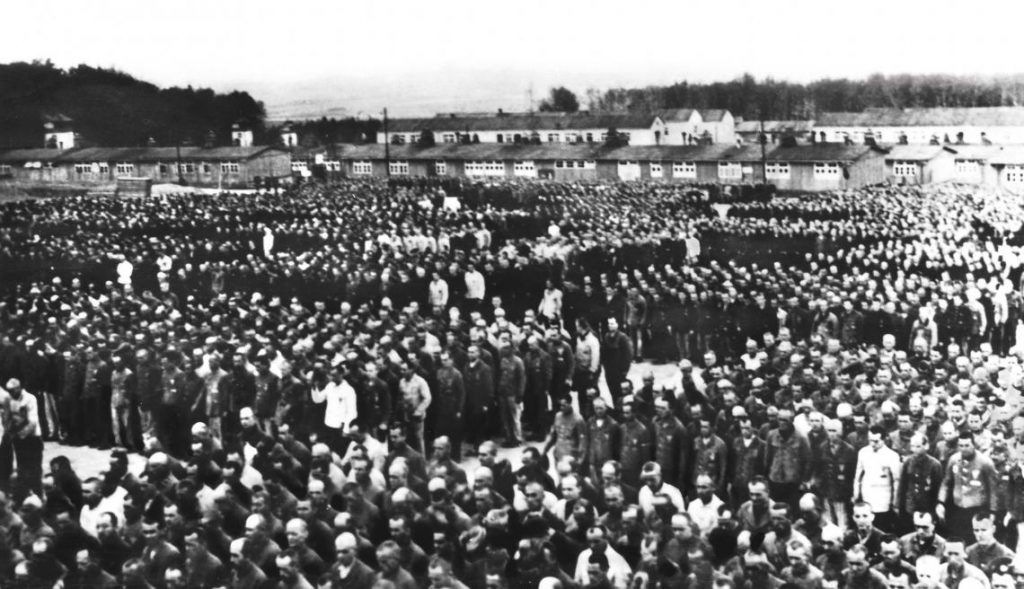
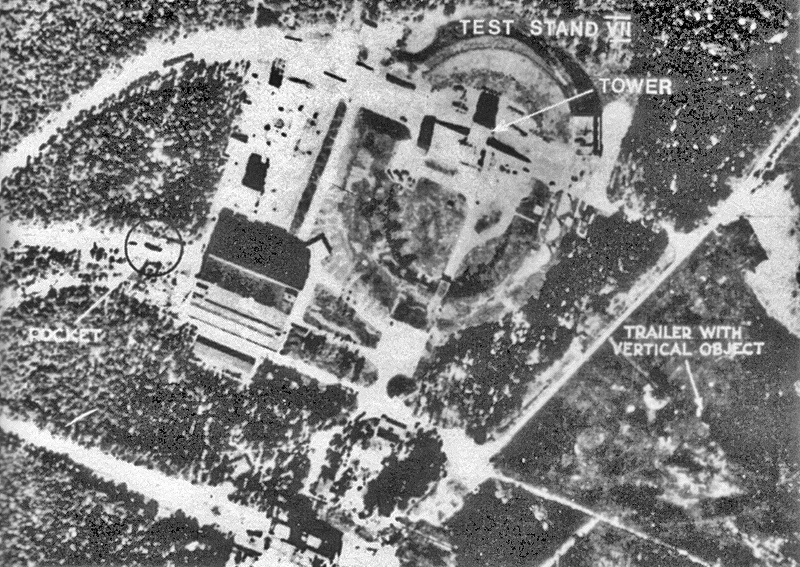
To check the circumstances of the capture and the circumstances of the escape, Devyatayev was placed in a filtration camp – ” Special camp No. 7 ” of the NKVD.
At the end of March 1945, after checking and treating, 7 out of 10 participants in the escape (Sokolov, Kutergin, Urbanovich, Serdyukov, Oleinik, Adamov, Nemchenko) were enlisted in one of the companies of the 777th Rifle Regiment (according to other sources, in the 447th Pinsk Rifle Regiment 397 rifle division) and sent to the front (even Nemchenko, who lost one eye, persuaded him to send him to the front as an orderly for a rifle company). Three officers – Devyatayev, Krivonogov and Yemets – remained outside the combat zone until the end of the war, awaiting confirmation of their military ranks.
In September 1945, he was found by Sergei Korolev, appointed to lead the Soviet program for the development of German rocketry, and summoned to Peenemünde for consultations. Here Devyatayev showed the Soviet specialists the places where the missile assemblies and launch sites were produced.
After the War
In November 1945 he was transferred to the reserve (before that he was briefly held in a camp on the territory of a colony-settlement at the Nevel station of the Pskov region) and for a long time, as a former prisoner of war, had difficulty finding work …
In their memoirs, the daughter and son of Mikhail Devyatayev claim that in December 1945 he returned to Kazan (according to other sources, he returned only in the early 1950s) and got a job at the Kazan river port on duty at the station, then trained to be a captain-mechanic, but for some time he could only sail on a service boat. From 1949 he worked as an assistant to the captain of the longboat Ogonyok, from 1952 – the captain of the longboat Ogonyok, from 1955 he was transferred to the position of captain of the motor ship. However, some publications also contain information that Devyatayev at that time was convicted of “treason” and sent to the camps, and after 9 years he fell under the amnesty, although if he were really condemned, he would not have been able to take part in the trials for two reasons. Firstly, he would still be serving his sentence, and secondly, a test of this level would not be entrusted to a traitor. The mission was too important.
In the late 1950s, Devyatayev was tasked with testing the ‘Raketa’ , one of the first Soviet hydrofoils; for many years he worked as a captain of river ships, and became the first captain of the ship ” Meteor”. Almost until the end of his life he actively participated in public life, shared his memories, repeatedly visited the island of Usedom and met with other participants in the escape events, published two autobiographical books – “Flight to the Sun” (1972) and “Escape from Hell” (1988) …
Member of the CPSU since 1959 , until his last days he lived in Kazan . He worked as long as his strength allowed. In the summer of 2002, while filming a documentary about him, he arrived at the Peenemünde airfield, lit candles for his comrades and met with the German pilot G. Hobom (who was supposed to catch up and shoot down the Heinkel hijacked by the fugitives).
He was buried in Kazan on the site of the Arsk cemetery , where the memorial complex of the soldiers of the Great Patriotic War is located.


